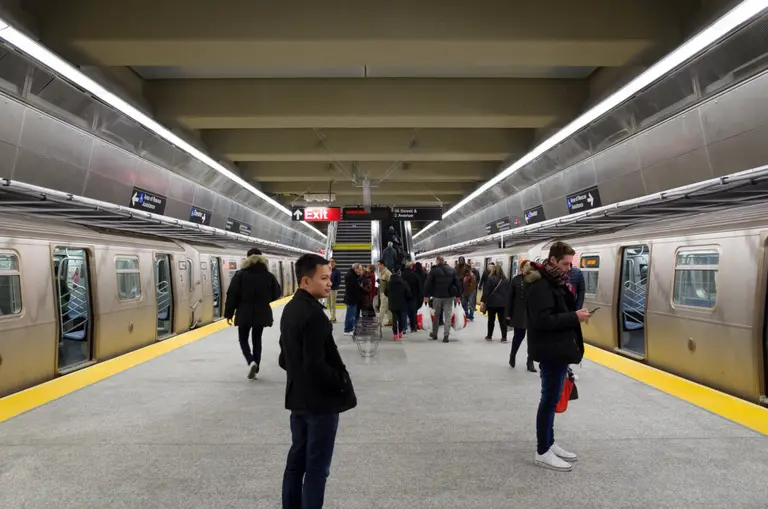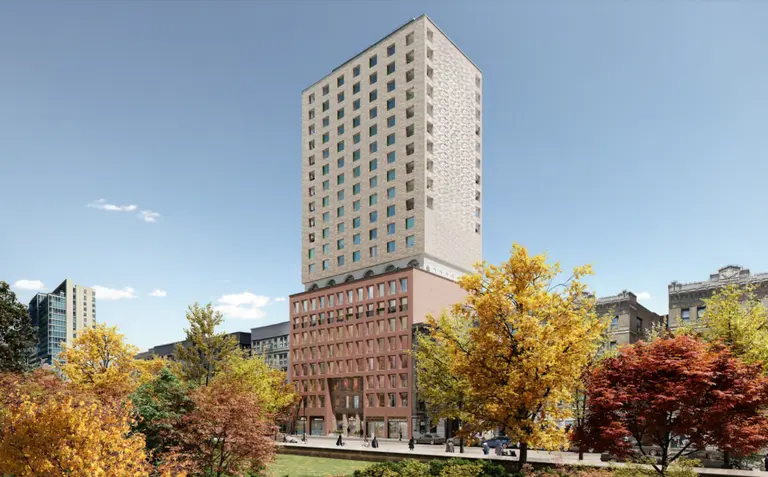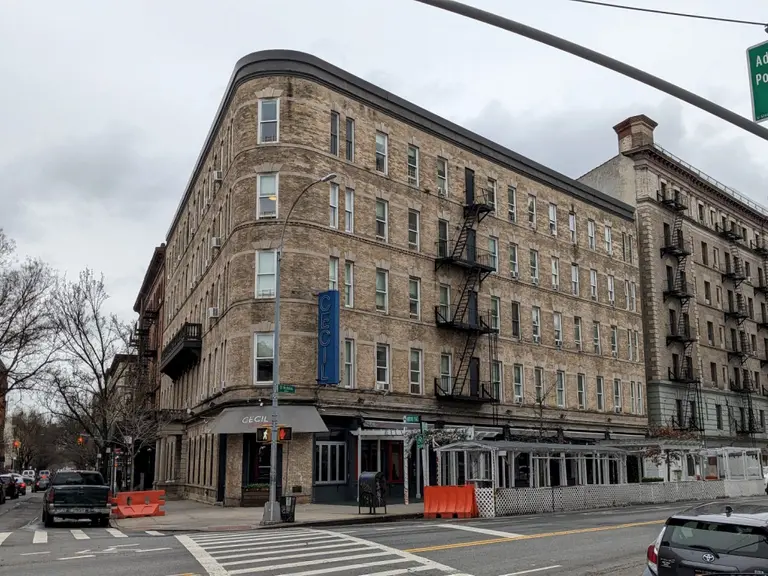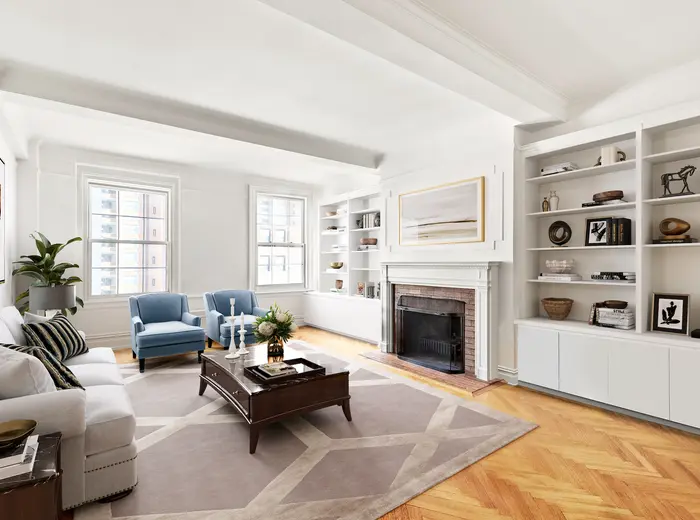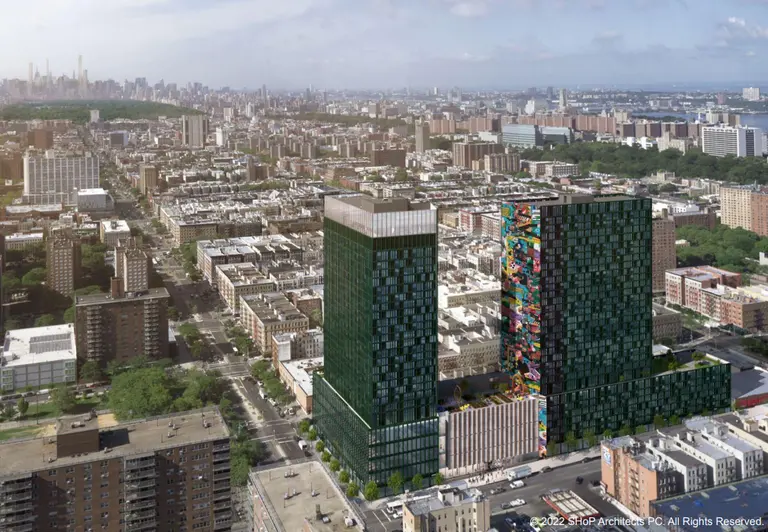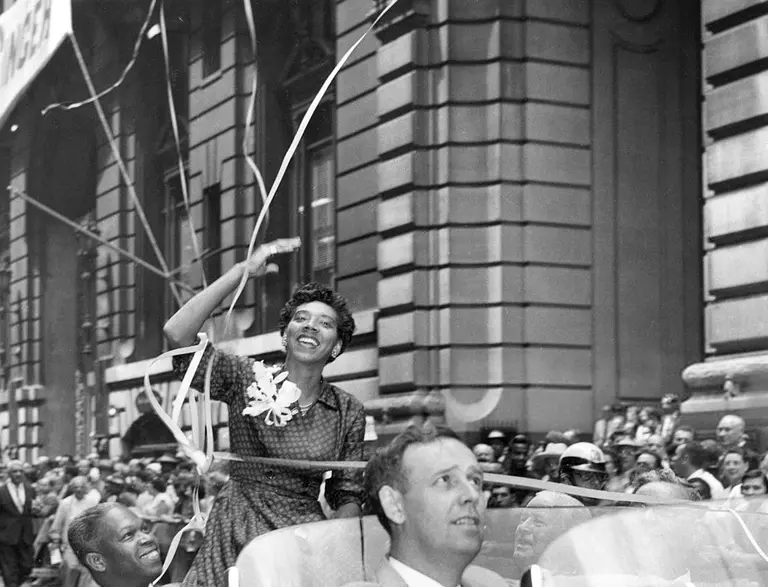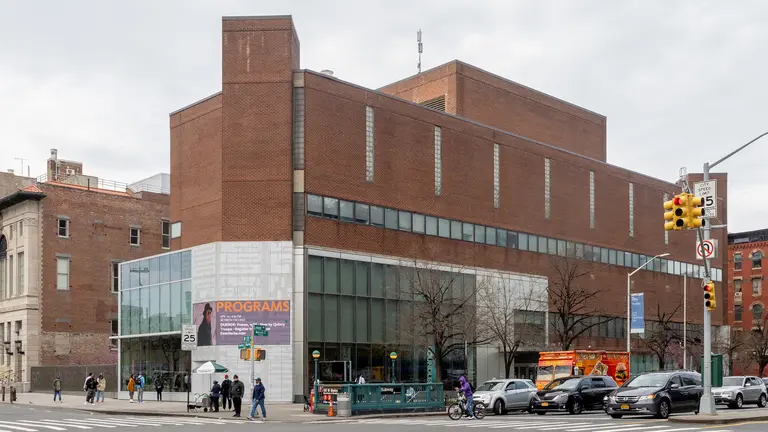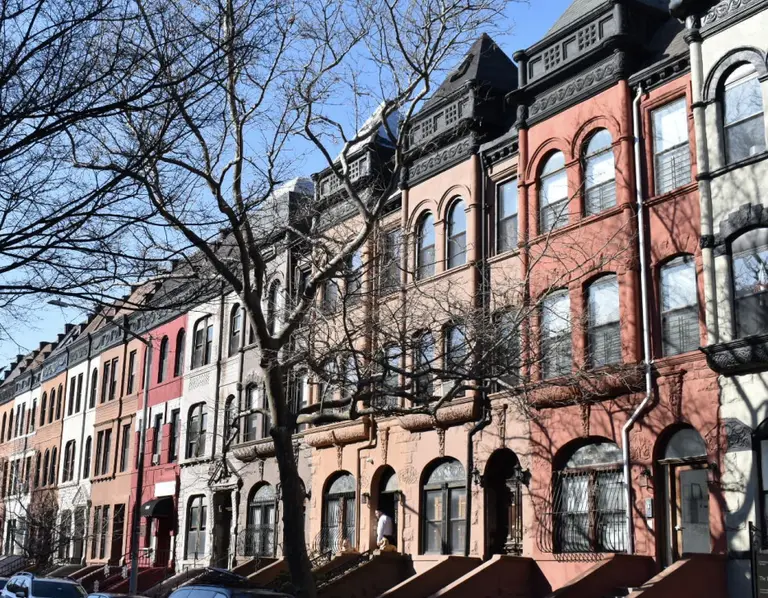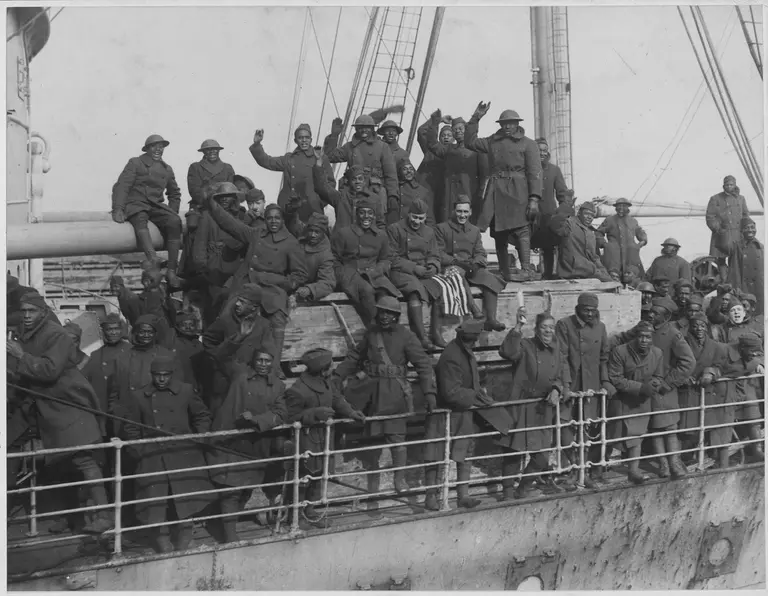A mecca of African American history and culture, Central Harlem is designated a historic district
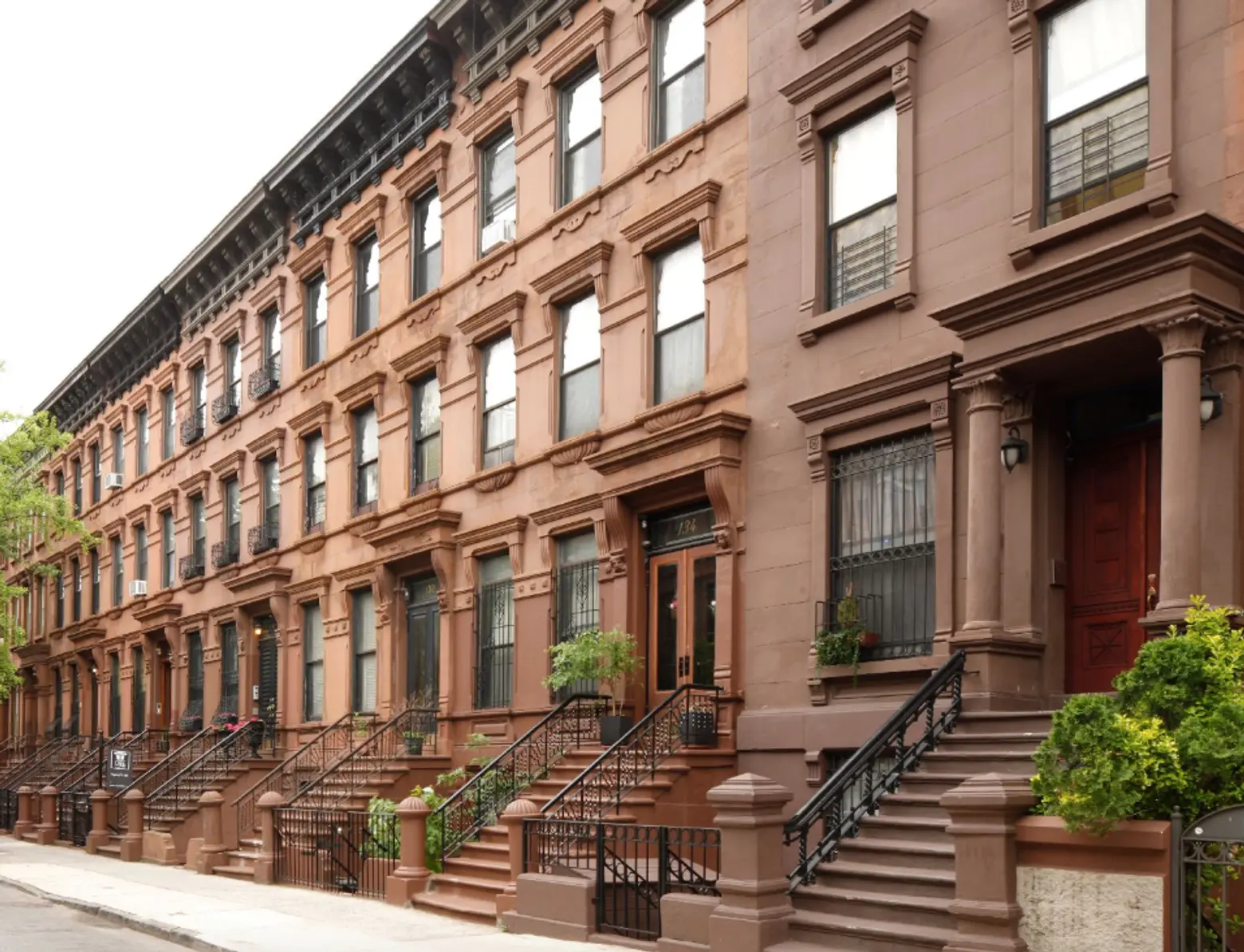
Photo via LPC
The Landmarks Preservation Commission (LPC) on Tuesday designated three blocks in Central Harlem as a historic district in recognition of the significant role African Americans played in social change in New York City and beyond during the 20th century. The Central Harlem District measures West 130-132nd Streets, the mid-blocks between Lenox and Seventh Avenues.
LPC notes how Harlem residents used residential buildings to accommodate cultural, religious and political activities, starting with the Harlem Renaissance through the civil rights movement of the 1960s. “This collection of buildings is exactly why we designate historic districts: it’s an architecturally distinctive and historically significant set of structures that together tell an essential piece of Central Harlem’s story,” Manhattan Borough President Gale Brewer said. The commission also launched an interactive story map as a way to illustrate the unique influence of this district through photos, maps and video.

Illustrated map of dance, theater and music venues in the district; courtesy of Beinecke Rare Book & Manuscript Library
Much of the district’s buildings remain intact, with just 12 of the 164 structures considered new. The rest were built in the late 19th century. The area boasts a cohesive collection of architectural styles, including neo-Grec, Queen Anne, Renaissance Revival and Romanesque Revival.
Following the Great Migration from the southern part of the United States, Central Harlem’s African American population soared after the turn of the 20th century. In 1910, African Americans made up 10 percent of the neighborhood. By 1930, 70 percent of Central Harlem’s population was black.
During the Harlem Renaissance, Central Harlem became one of the most vibrant urban areas in the country, with the emergence of some of the greatest black jazz musicians, poets, artists and writers of all time. Notably, the row houses in the historic district were used as clubs, dance halls, churches and political organizations, instead of simply residences.
These include the home of Scott Joplin, the “King of Ragtime,” the Utopia Neighborhood Club, an African American women’s social club and the New Amsterdam Musical Association, the oldest African-American music club in the U.S.
The district was also home to the meeting spots for a number of civil rights activist groups and philanthropists. These societies and fraternal organizations were key to invigorating the community to become active in boycotts, rallies and marches leading up to the civil rights movement in the 1960s. The headquarters of the March of Washington was found in a building at 170 West 130th Street.
“By recognizing and preserving the political and artistic accomplishments of Harlem’s past we ensure it continues to be a source of inspiration for the future,” L. Rachel Lecoq, president of the West 132nd Street Block Association, said in a statement. “The residents of this district are honored by this designation and commend the efforts of those who have worked tirelessly to make it a reality.”
Using this interactive story map, explore the Central Harlem West 130th-132nd Street Historic District.
RELATED:
